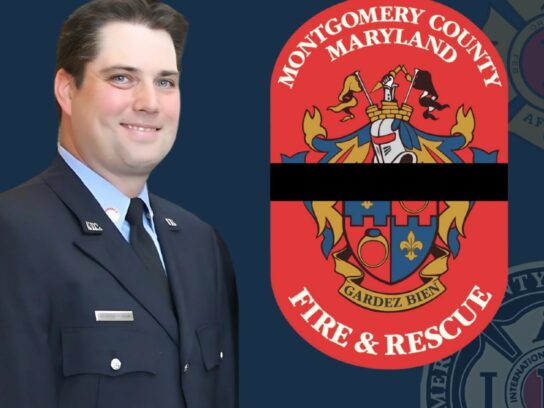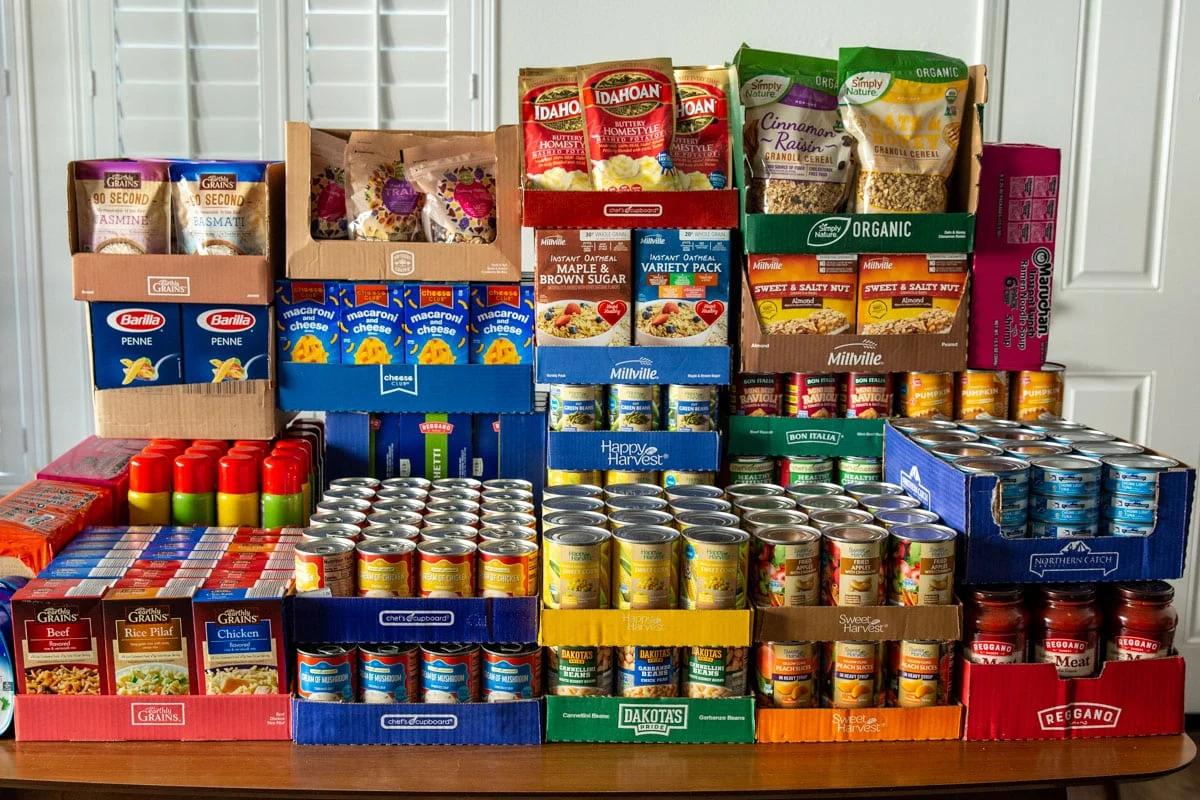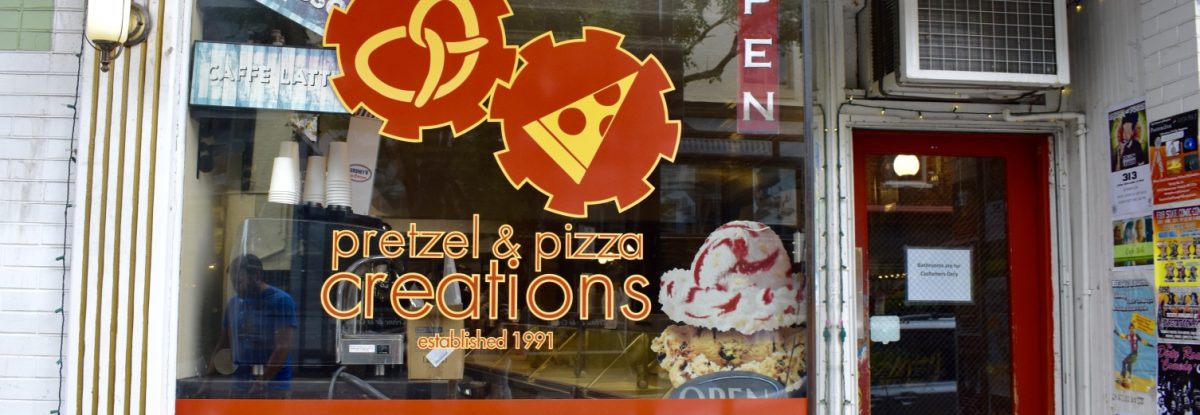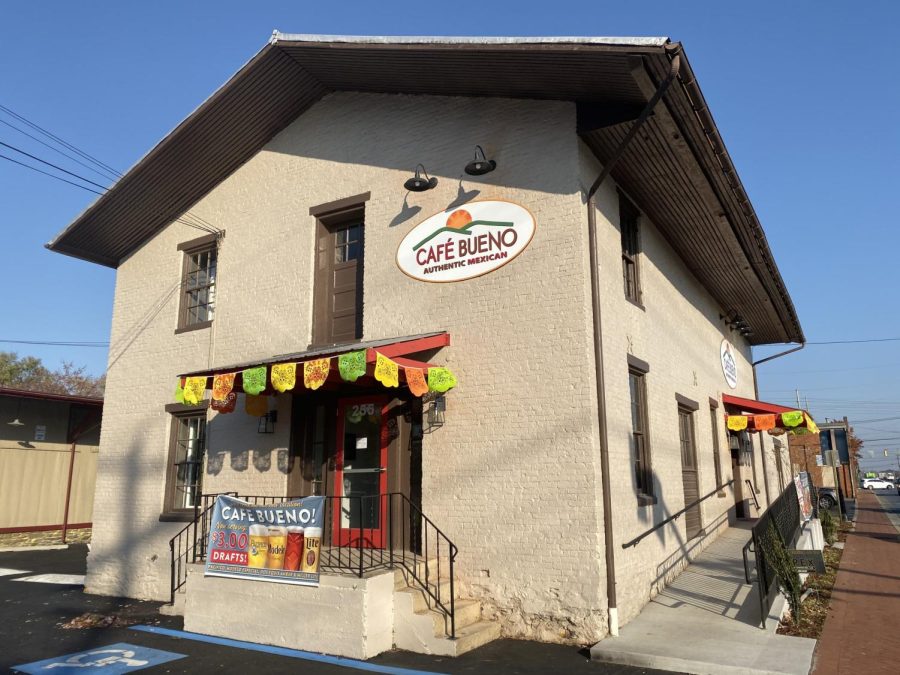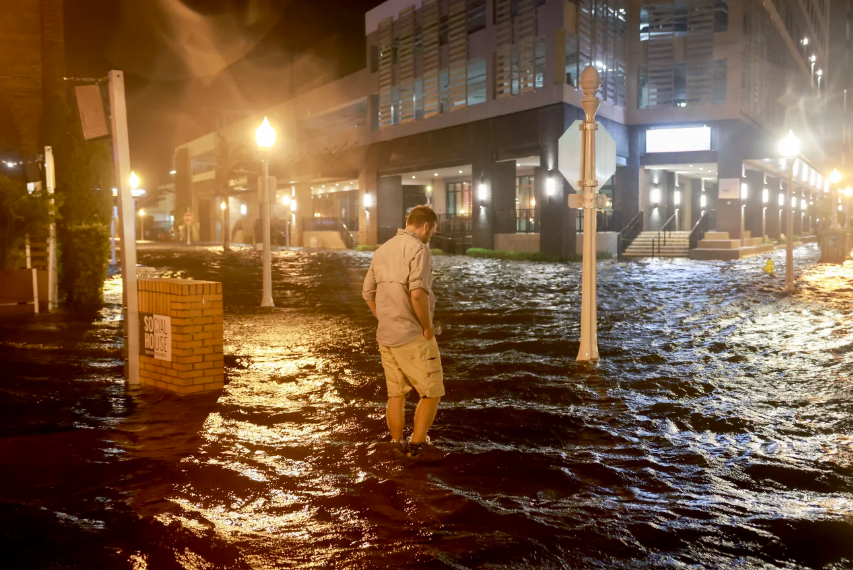On Wednesday Oct. 9, Hurricane Milton slammed into Florida as a diminished yet powerful category three storm. Milton sustained wind speeds of 120 miles per hour throughout the state after previously holding it at 180 mph in the days before. From being hit by Hurricane Helene and Hurricane Debby before that, residents of Florida were prepared for the mass destruction that would further be brought upon them.
Constant evacuation warnings were alerted in preparation of this hurricane, prompting the largest evacuation in state history. People flooded the highways in an attempt to escape while they still could as Milton, a category five storm at the time, was bringing winds topping 180 mph. As time approached for the hurricane to make landfall, officials warned people to shelter in place if they had not evacuated already, deeming it too late. The Hurricane Center specifically warned Tampa and St. Petersburg of this due to “extremely dangerous hurricane-force winds” spreading throughout the area. People frantically boarded up doors and windows. In an effort to help, officials set up 149 shelters across Florida that had the capacity to hold approximately 200,000 people. However, Gov. Ron De Santis (R-Fl) warned, “We’re going to have impacts far beyond wherever the eye of the storm is.”
Numerous destructive tornadoes made their appearance in the days before the official hit of the hurricane. St. Petersburg received winds of over 100 mph that tore part of the roof off the Tropicana Field—home stadium of the Tampa Bay Rays—and smashed a 500 foot construction cane onto a building that houses The Tampa Bay Times offices. At least nine tornadoes ran through St. Lucie County, including three in less than 25 minutes. More than 30 tornadoes were reported as well as over 125 warnings issued by the National Weather Services. Florida had set a new record of most tornado warnings in a single day, beating Hurricane Irma’s previous record set at 69 in 2017.
Meteorologists stated that these tornadoes were more intense than they usually are, providing an explanation as to why more than 100 structures were destroyed before Milton even came to shore. Unfortunately, six people in St. Lucie County were killed from these tornadoes. St. Lucie Mayor Shannon Martin expressed, “I know I’ve never seen anything like that before in almost 20 years that I’ve been here.”
When Hurricane Milton made landfall near Siesta Key, Florida, its high category slowly diminished as it moved across the state. However, it still brought intense flooding throughout the entire state, with the Gulf Coast receiving as much as 18 inches of rain. According to NASA, the storm’s rapid intensification set a record as the fastest Atlantic hurricane to escalate from tropical depression to category five in just over 48 hours.
Though the Tampa Bay region did not experience the disastrous storm surge that many forecasters had predicted, it still resulted in homes being flooded, power outages throughout the areas it hit, and a path of destruction across Florida. Milton brought over 18 inches of rain, flooding many homes in its path. Many areas and homes had already been flooded by Hurricane Helene, and mere weeks later, they were reflooded by Milton. Reports from CNN Weather have shown that over 3 million homes were left without power. On social media platforms like TikTok, many people posted videos of blue electrical surges that caused power outages for numerous residents. Not only did a hurricane occur, but there were also tornadoes generated due to Milton. These tornadoes tore through neighborhoods and communities, causing widespread destruction. The estimated economic costs from the storm will range from $50 billion to $85 billion, including upwards of $70 billion in property damage and an economic output loss of up to $15 billion.
Milton prompted one of the largest evacuations in state history. Many individuals and families evacuated on crowded highways in the days leading up to the storm’s landfall. Over five million residents of the Tampa area were placed under mandatory or voluntary evacuation orders. This caused traffic like never before in Florida. Social media posts report that for most, it took over ten hours just to leave the state. These evacuations also led to about 17% of gas stations running out of gasoline, causing individuals to wait hours for access to fuel in areas where it was scarce.
Now, debris cleanup is underway in many parts of Florida, not just because of Hurricane Milton but also Hurricane Helen. Hurricane Milton serves as a reminder of nature’s power and the profound impact such events can have on communities, economies, and ecosystems. The aftermath highlights the importance of preparedness, strong infrastructure, and effective response strategies.
Sources:
https://www.cnn.com/2024/10/10/weather/map-charts-milton-hurricane-dg/index.html
https://www.nytimes.com/2024/10/10/weather/hurricane-milton-damage-florida.html
https://www.cbsnews.com/news/hurricane-milton-florida-landfall-path-storm/
